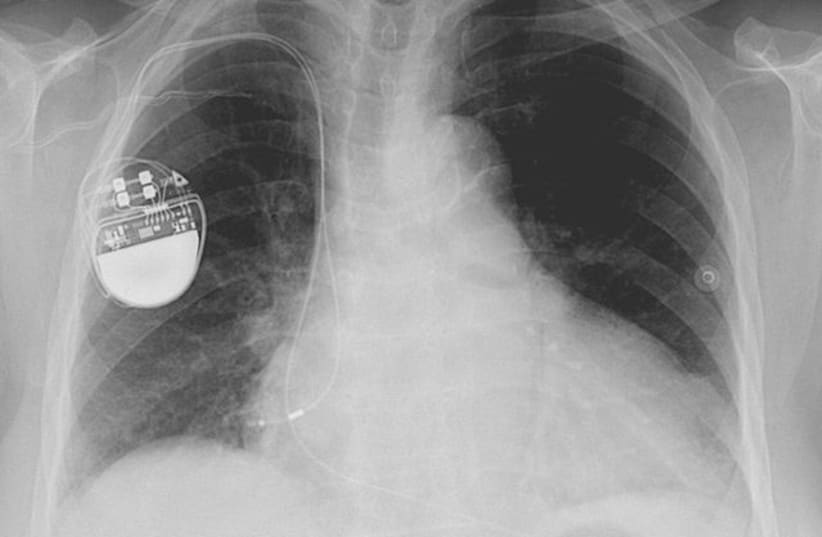They study was led by Professor Ehud Gazit of the Shmunis School of Biomedicine and Cancer Research at the Wise Faculty of Life Sciences, the Department of Materials Science and Engineering at the Fleischman Faculty of Engineering and the Center for Nanoscience and Nanotechnology, along with his lab team, Dr. Santu Bera and Dr. Wei Ji.
The research team explored the development of nanotechnology which involves a new and extremely strong biological material, similar to collagen. The material is non-toxic and does not cause harm to the tissue of the body.
The researchers believe that the new technology has a potential future in many places, including harvesting clean energy through the body's own natural movement in order to operate medical devices implanted into the body, eliminating the need for batteries.
Also taking part in the study were researchers from the Weizmann Institute of Science in Rehovot, and a number of research institutes in Ireland, China and Australia. As a result of their findings, the researchers received two ERC-POC grants aimed at using the scientific research from the ERC grant that Gazit had previously won for applied technology.
In order to test their theory, the research team created nanometric structures of engineered material, and with the help of advanced nanotechnology tools, applied mechanical pressure on them. Through this, they learned that placing pressure on the material created electric currents and voltage, as they had theorized. They also discovered that tiny structures of only hundreds of nanometers demonstrated one of the highest levels of piezoelectric ability ever discovered, comparable or superior to that of the piezoelectric materials commonly found in today’s market, most of which contain lead and are therefore not suitable for medical applications.
This discovery is extremely significant, explained the researchers, as it demonstrates the ability that engineered materials have to serve as a motor of sorts for extremely small medical devices. Additionally, unlike the piezoelectric materials already available, this nanotechnology does not contain lead and is therefore safe for medical use.
“Most of the piezoelectric materials that we know of today are toxic lead-based materials, or polymers, meaning they are not environmentally and human body-friendly. Our new material, however, is completely biological, and therefore suitable for uses within the body," explained Professor Gazit. "For example, a device made from this material may replace a battery that supplies energy to implants like pacemakers, though it should be replaced from time to time. Body movements — like heartbeats, jaw movements, bowel movements, or any other movement that occurs in the body on a regular basis — will charge the device with electricity, which will continuously activate the implant.”
The research team plans to continue their research by applying crystallography and computational quantum mechanical methods, or density functional theory, in order to gain an in-depth understanding of the material’s piezoelectric behavior and thereby enable the accurate engineering of crystals for the building of biomedical devices.
The devices made from this material could be used to replace batteries in medical devices such as pacemakers, the scientists explained. Instead of using external energy sources, the device would be charged by regular body movements, like heartbeats, jaw movements, or even bowel movements. Any movement in the body that occurs on a regular basis would charge the device with electricity, which would keep the implant continuously activated.
While at this stage the focus of the research will be on developing medical devices, Gazit emphasized that “environmentally friendly piezoelectric materials, such as the one we have developed, have tremendous potential in a wide range of areas because they produce green energy using mechanical force that is being used anyway," meaning that in the future they may be used in other areas, lightening the strain many sources of energy currently place on the environment.
"For example, a car driving down the street can turn on the streetlights," Gazit added. "These materials may also replace lead-containing piezoelectric materials that are currently in widespread use, but that raise concerns about the leakage of toxic metal into the environment.”
